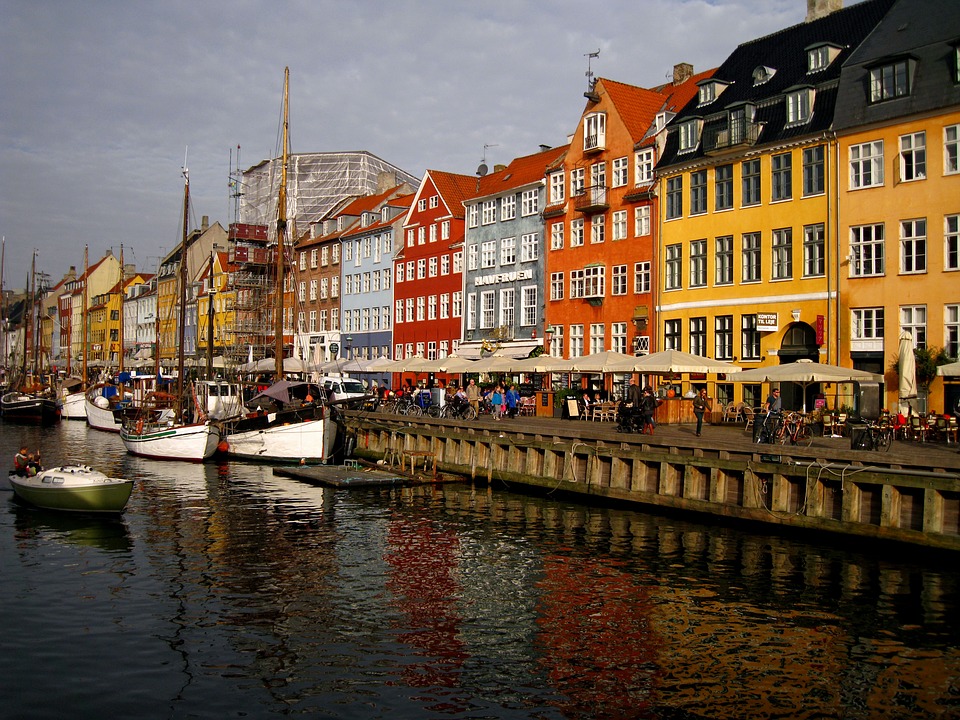Preferred Hotels & Resorts – the world’s largest independent hotel brand revealed top travel trends and hot destinations for 2020.
Travel Trends
CONSCIOUS TRAVEL – According to the Sustainable Travel Report released by Booking.com, 58% of travelers will consciously avoid visiting a destination if it is shown to negatively impact the people who live there. “Hospitality brands that move beyond greenwashing to demonstrate how they are minimizing their social and environmental footprint are reaping the rewards in customer loyalty and share of wallet,” says Michelle Woodley, President.
TRANSFORMATIONAL TRAVEL – Described by the Transformative Travel Council (founded in 2016) as “intentionally traveling to stretch, learn and grow into new ways of being and engaging with the world”, 2020 will witness this trend evolve as a critical thread connecting other trends identified this year. As travelers harness nature, culture, and social activities to connect with their inner self and promote qualitative life changes, transformational travel will more assertively intersect with conscious travel, micro-cations and second city travel to become less focused on the self and more about the lasting benefit a traveler can have on others.
MICRO-CATIONS –One of the 2020 travel trends, ‘micro-cations’ are rising in popularity among all age groups as travelers seek opportunities to see more destinations in a shorter amount of time. Leading this trend are time-poor millennial executives who are replacing longer, more traditional vacations with shorter getaways. “In a world where everyone is constantly connected, micro-cations offer an ideal opportunity to unwind and recharge in shorter, more frequent intervals,” says Caroline Klein, Executive Vice President of Corporate Communications and Public Relations.
LGBTQ FAMILY TRAVEL – With a total of 25 countries across Europe and the Americas now legally recognizing and performing same sex marriage, the industry is turning its attention to the LGBTQ family travel segment. According to a recent report by LGBTQ market research firm Community Marketing & Insights, 85% of LGBTQ parents with children under 18 have taken one vacation or more as a family in the past year. And with more LGBTQ couples choosing to start their own families year on year, travel agents and tour operators should be addressing this demographic’s service, privacy, and security requirements.
INSTA-TOURISM– According to a recent study by Amadeus, 40% of Instagram users under the age of 33 ranked Instagram as a top factor for selecting a vacation, and with more than 500 million users sharing an average of 85 million photos each day (according to National Geographic), Instagram is undoubtedly the most prominent source of wanderlust inspiration, guiding travelers to their destination choices. “In 2020, it will be more essential than ever for travel brands to effectively leverage the power of Instagram to capture the attention and engagement of target audiences and ultimately drive bookings,” says Lindsey Ueberroth, Chief Executive Officer.
SECOND-CITY TRAVEL – According to a recent survey by Booking.com, over half (54%) of global travelers want to play a part in reducing over-tourism, while 51% would swap their original destination for a similar alternative if it would have a positive environmental or social impact. As such, travelers are starting to choose secondary and tertiary destinations that still provide the same charm and culture as their better-known counterparts to alleviate the issues. “We see growth in a number of secondary markets globally, owed in part to improved air access and more diverse travel itineraries from tour operators. With this trend, we believe destinations such as Guadalajara, Mexico; Suzhou, China; Milwaukee, Wisconsin; Porto, Portugal; and Belfast, Northern Ireland, and similar, are likely to see an uptick in visitors in the New Year,” says Robert Van Ness, Executive Vice President of the Americas.
RESIDENTIAL-STYLE ACCOMMODATIONS – Residential options continue to surge in popularity among all travel segments, given their ability to provide more flexibility for individual or group needs, particularly at a time when multi-generational trips, personalization, and convenience are a top priority for travelers. In response, hospitality brands, particularly luxury hotel groups, will further invest in the expansion of their residential-style inventory in 2020, with the goal of increasing their share of a market dominated by a handful of alternative lodging providers.
HOT DESTINATION: MEXICO – Mexico’s rich and diverse culture naturally lends itself to hospitality experiences that showcase the people, local design and architecture, and regional cuisines. As such, tourism to Mexico is on the rise with total visitors in 2019 estimated to top more than 45 million by year-end, a 5.6% increase from the previous year, with an increase in upper upscale and luxury properties projected to launch in 2020 to meet the growing demand. “Mexico’s luxury market has emerged over the past few years to be the largest and most resilient in Latin America, with new destinations like Los Cabos and established ones like Yucatan Peninsula leading the way.” says Antonio Vera, Regional Director of Mexico.
HOT DESTINATION: COPENHAGEN, DENMARK – As sustainability continues to remain top-of-mind for travelers globally, eco-friendly destinations contributing to the protection of their local environment are rising in popularity. In Europe, Copenhagen is aiming to become the world’s first carbon neutral city by 2025, while Denmark overall has been regularly voted one of the happiest and healthiest countries.

HOT DESTINATION: JAPAN – With annual arrivals soaring by more than 24 million, Japan was the decade’s fastest growing major travel destination. Fresh from the excitement surrounding this year’s 2019 Rugby World Cup and newly lifted visa restrictions, Tokyo is poised to trend again. As host of the 2020 Summer Olympic and Paralympic Games, Shibuya – the capital city’s major commercial district, is currently undergoing a massive skyline changing redevelopment. “As Tokyo aims to reach more international travelers, the Japanese National Tourism Board is further investing in multilingual marketing campaigns to generate interest in Japan’s lesser-visited destinations, helping to fuel a wider discovery of the country long after the Olympics,” says Kaori Yamaguchi, Managing Director of Japan.





